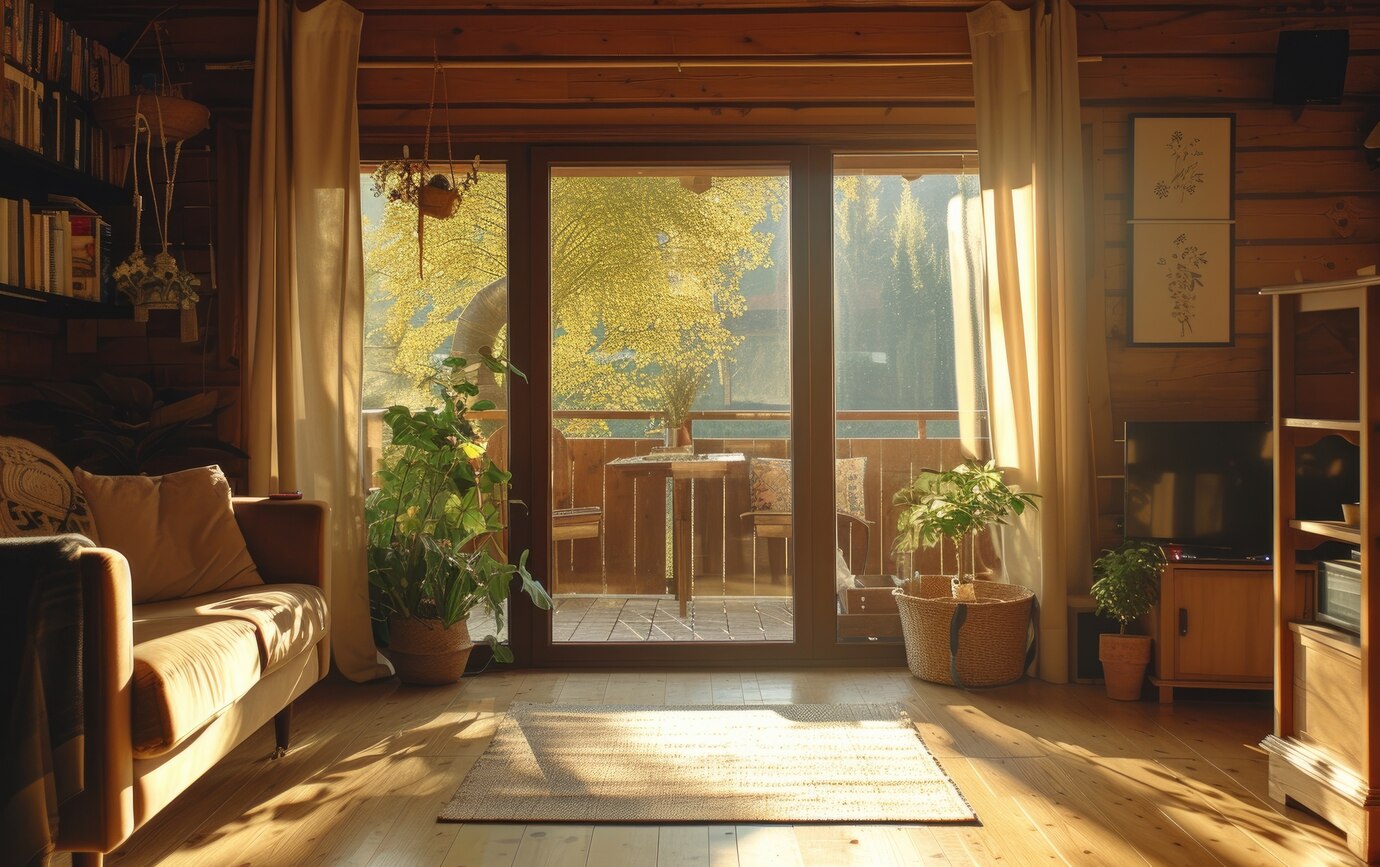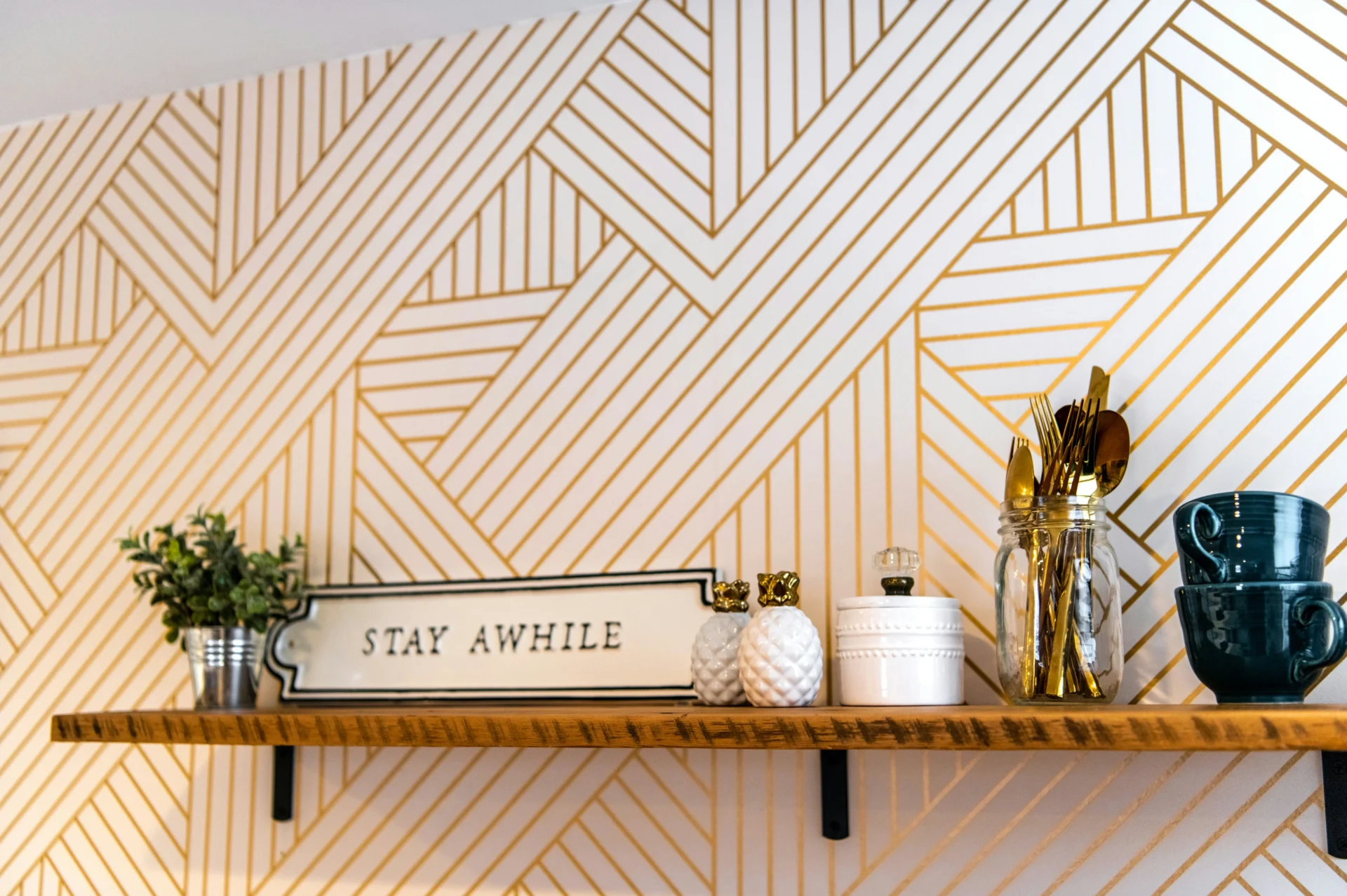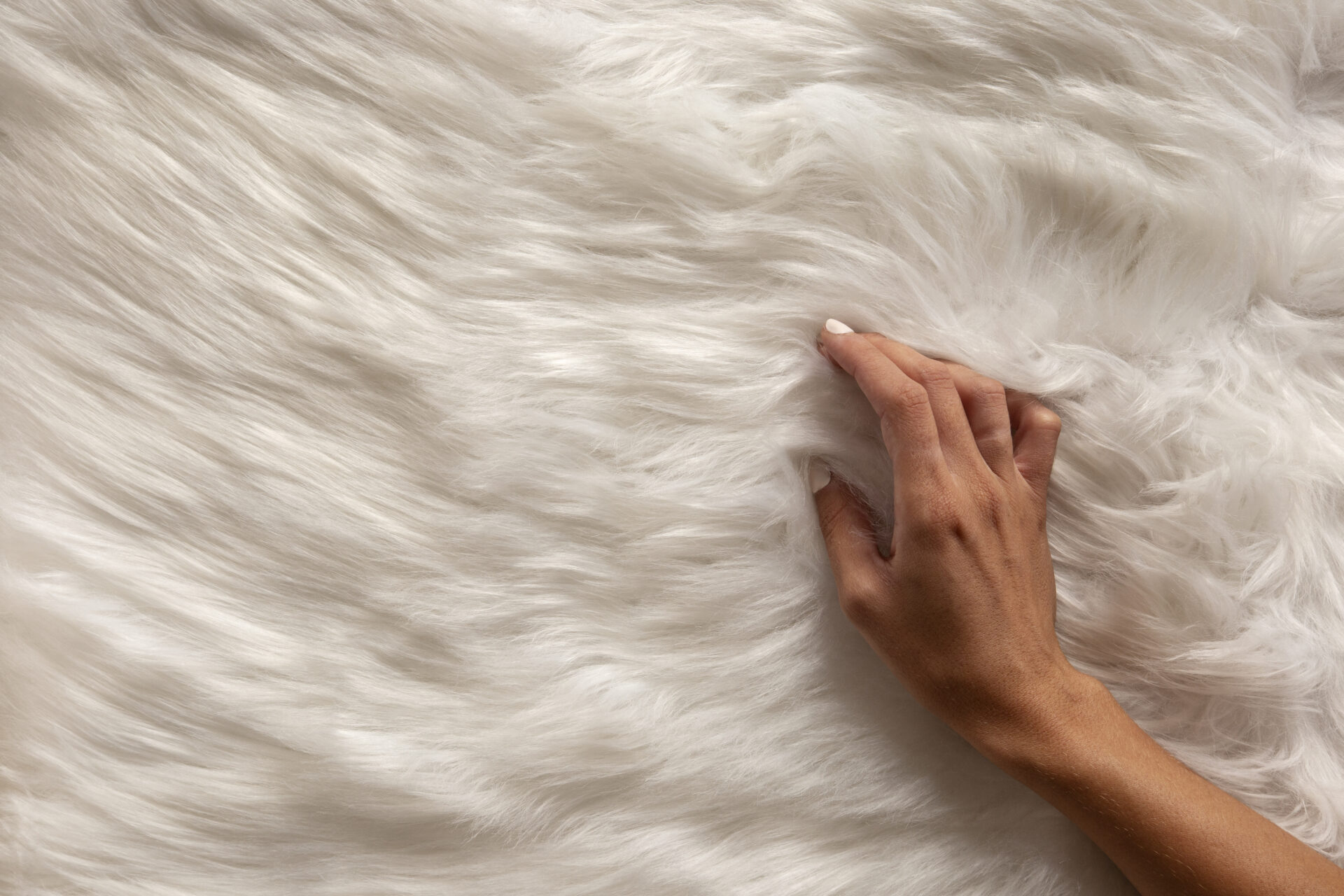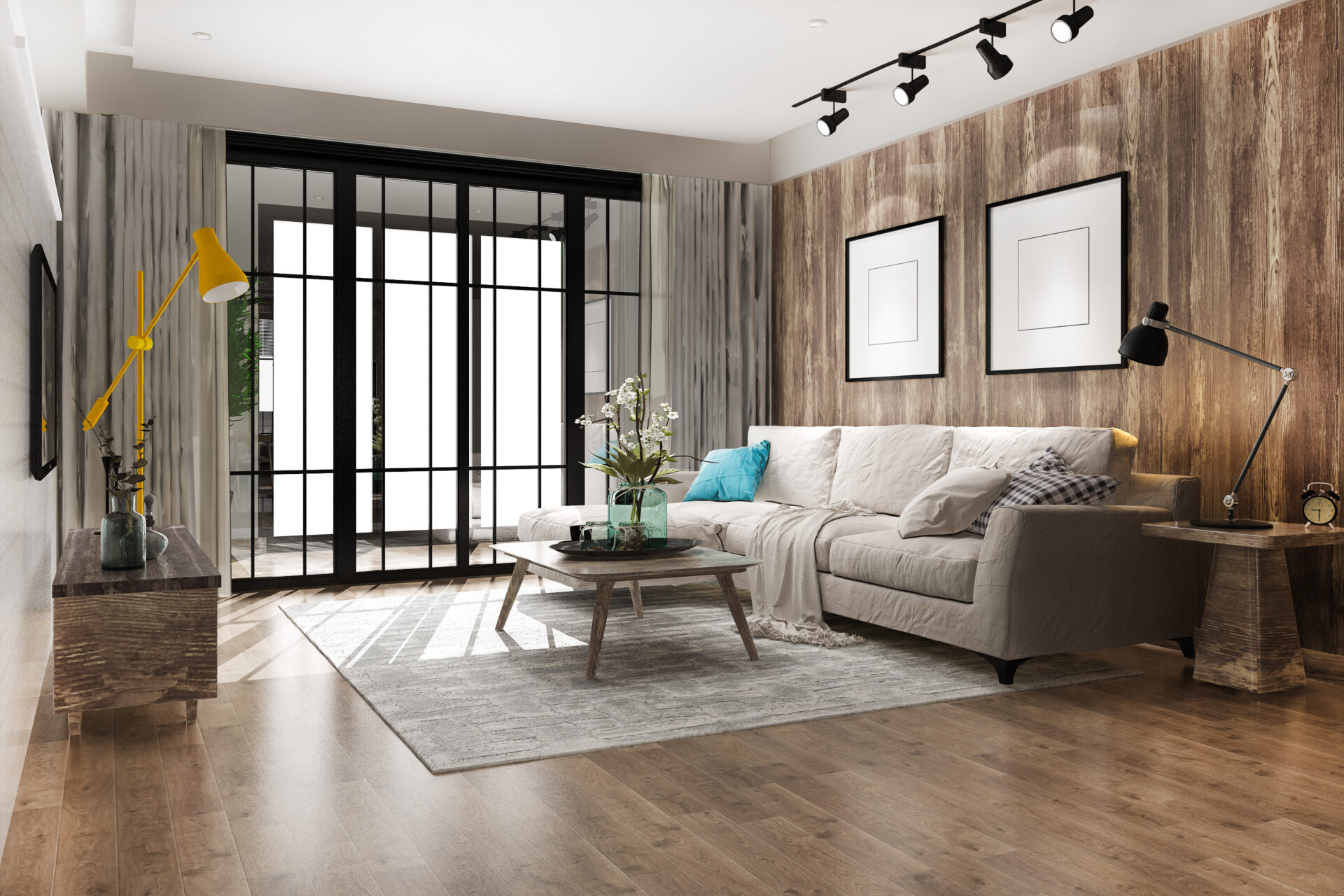
The Rise of Japandi: Merging Japanese and Scandinavian Design
Contact UsIntroduction
In the evolving landscape of interior design, a captivating hybrid has emerged, blending the serene minimalism of Japanese aesthetics with the cozy functionality of Scandinavian design. Known as Japandi, this trend marries the tranquil simplicity of the East with the warm minimalism of the North, creating spaces that are as calming as they are practical. Japandi style is celebrated for its emphasis on clean lines, natural materials, and a harmonious balance between form and function.
Origins of Japandi
Japandi design is more than just a stylistic trend; it’s a philosophical approach to living spaces that emphasises mindfulness, sustainability, and the beauty of the understated. Drawing from the Japanese principles of wabi-sabi (finding beauty in imperfection) and the Scandinavian hygge (the quality of cosiness and comfortable conviviality), Japandi creates environments that foster well-being and contentment.
Key Elements of Japandi Style
Minimalism and Functionality
- Simplicity in Form: Clean, minimalist lines free of clutter define Japandi spaces, with every object serving a purpose.
- Practical Elegance: Aesthetic appeal and functionality guide the choice of furniture and decor, reflecting a blend of Scandinavian utility and Japanese craftsmanship.
Natural Materials and Textures
- Wooden Accents: Light woods common in Scandinavian design meet darker tones preferred in Japanese interiors, bringing warmth and organic beauty to the space.
- Textural Contrast: The interplay of soft textiles against raw, natural materials like stone, bamboo, and wool adds depth and interest to Japandi interiors.
Neutral Colour Palettes
- Soft, Earthy Tones: Japandi spaces often feature a muted colour scheme that draws from nature, creating a tranquil and inviting atmosphere.
- Accent Hues: Subtle, earthy greens or indigos are used sparingly to add vibrancy without overwhelming the serene aesthetic.
Emphasis on Craftsmanship
- Artisanal Quality: Handcrafted items with a story to tell are preferred over mass-produced pieces, celebrating the artistry and imperfection of handmade goods.
- Sustainable Choices: There’s a strong focus on sustainability, with an appreciation for durable, eco-friendly materials that stand the test of time.
Incorporating Japandi into Your Home
Adopting the Japandi style doesn’t require a complete overhaul. Start by decluttering and choosing a few key pieces that embody the essence of this trend. Incorporate elements like a low, clean-lined wooden table, soft, natural-fiber rugs, and handcrafted pottery to bring the Japandi look to life in your home.
Conclusion
The rise of Japandi is a testament to the growing desire for interiors that not only look beautiful but also enhance our sense of peace and well-being. By marrying the minimalist elegance of Japanese design with the cosy functionality of Scandinavian style, Japandi offers a timeless aesthetic that promotes simplicity, natural beauty, and harmony in our living spaces.
Embrace the serene beauty of Japandi in your home with Thomas Vooght’s expert design insights. Contact us to explore how this balanced, cross-cultural design approach can transform your space.
Further Reading
For more insights into incorporating natural and sustainable design elements into your home, explore the following article:
- Dark Wood Sustainable Design: Delve into the timeless appeal of dark wood in home design and learn how it can contribute to creating spaces that are both elegant and environmentally conscious. This piece offers a deeper look into sustainable design practices that complement the Japandi philosophy, emphasising durability, beauty, and eco-friendliness.
This additional resource provides valuable information on enhancing your home’s design with sustainable materials, aligning with the principles of Japandi for a harmonious and environmentally responsible living space.




